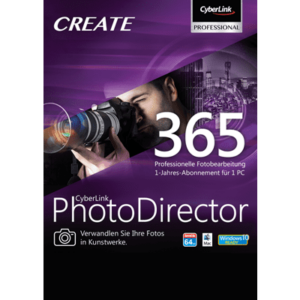Quantum versus post-quantum, what is the distinction?
Quantum computing involves superposition, entanglement, and interference to manipulate qubits (quantum bits), enabling evaluation of multiple scenarios simultaneously. This potential in computing is both intriguing and alarming due to the increased risks of security breaches and cyber attacks. With the advent of quantum computing, current cryptographic systems like RSA-2048 face the threat of being compromised within a feasible timeframe.
Cryptography plays a vital role in safeguarding sensitive information, and the emergence of quantum computing poses a risk to the reliability of existing encryption methods. Traditional cryptographic techniques have largely relied on increasing key sizes to enhance security. However, quantum computers have the potential to render these methods ineffective, necessitating the need for post-quantum encryption to counter these new threats.
Red Hat’s approach to embracing post-quantum encryption
Red Hat is actively collaborating with industry organizations and open-source projects to explore the efficiency, scalability, and security implications of post-quantum cryptographic functions and quantum-resistant algorithms. The aim is to assess and test these algorithms within Red Hat products to enhance security measures as the industry transitions to quantum-resistant encryption.
As standards bodies like NIST work on selecting quantum-resistant algorithms, Red Hat is aligning its strategies to incorporate approved protocols into their products seamlessly. The evaluation process includes assessing the maturity of these algorithms and their implementations to ensure robust security measures across all platforms.
Governments worldwide are setting timelines for the implementation of post-quantum cryptographic functions, acknowledging the complexity and time-consuming nature of these transitional phases. Red Hat is actively engaging with various government bodies to align its roadmap with the evolving cryptographic landscape and regulatory requirements.
Red Hat’s phased approach to post-quantum encryption integration
In response to the challenges posed by quantum computing, Red Hat has outlined three initial phases for integrating post-quantum encryption in its products. These phases are designed to facilitate a smooth transition from classical encryption methods to post-quantum techniques, ensuring enhanced security measures and resilience against potential cyber threats.
The phases include; Classical, Post-Quantum Capable (PQ-capable), and Post-Quantum Ready (PQ-ready). Each phase signifies a progression towards strengthening encryption protocols and preparing for the quantum era, where cryptographic agility and resilience are paramount.
Stay tuned for the upcoming article in this series to gain insights into how Red Hat products are incorporating post-quantum encryption and how organizations can enhance their security measures in tandem with Red Hat’s initiatives.
Exploring further details
For additional information or queries, feel free to contact your Red Hat account manager. Red Hat remains dedicated to assisting customers in achieving robust post-quantum security measures.











